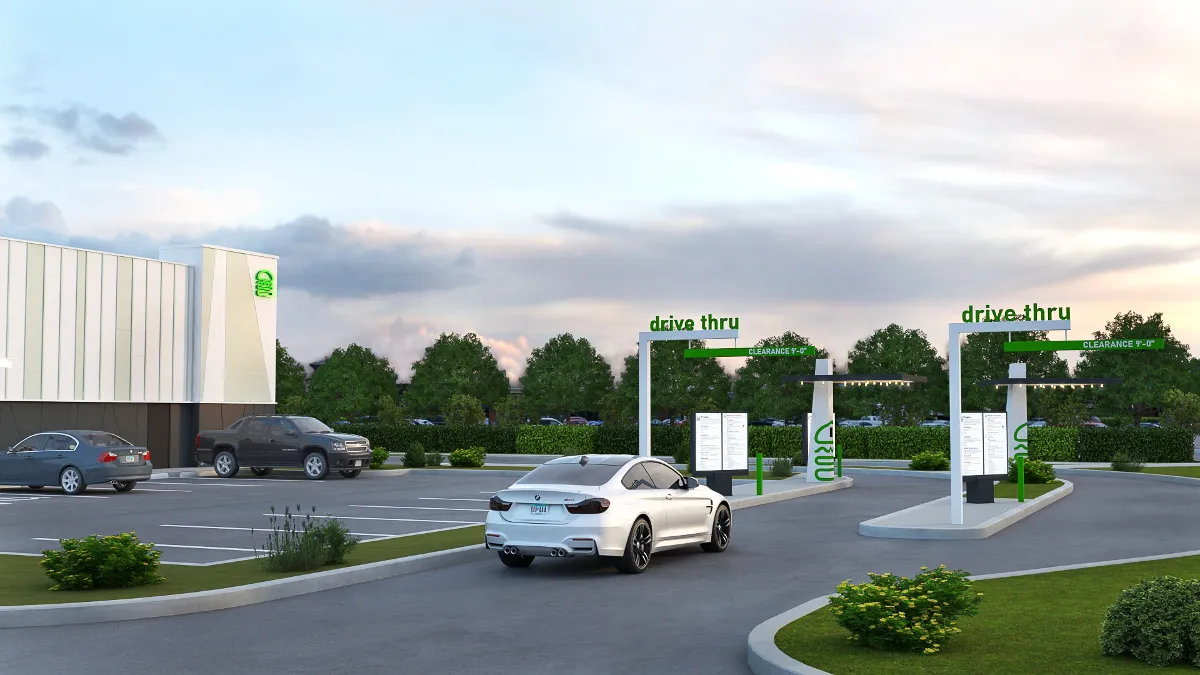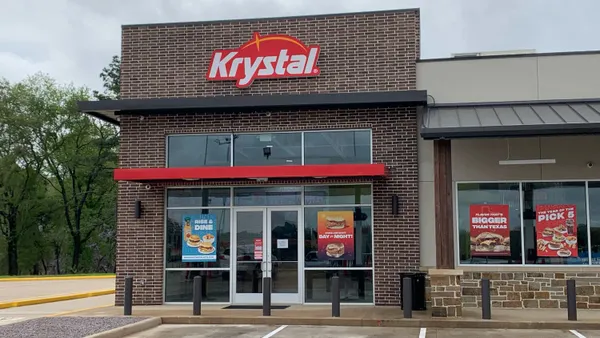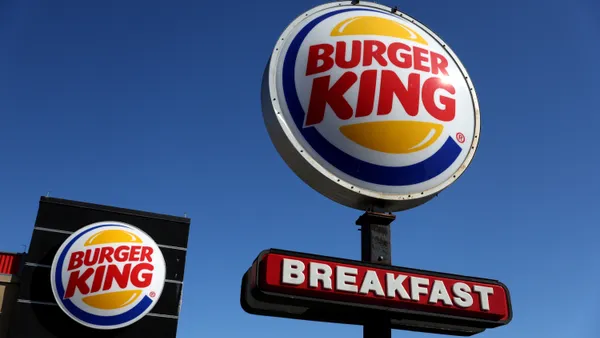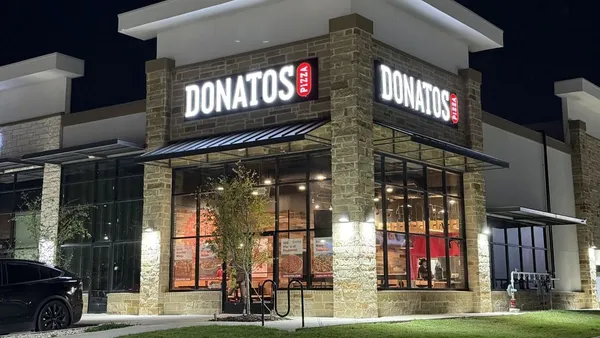Dive Brief:
- Shake Shack has grown its drive-thru footprint to 30 to 35 restaurants as of Q2 2024, but speed of service is twice as slow as it should be, CEO Rob Lynch said Thursday during an earnings call.
- Lynch said the company plans to fix speed of service through kitchen and menu optimization.
- Shake Shack began looking into drive-thrus and pickup windows in 2020 and opened its first drive-thru in 2021.
Dive Insight:
Speed of service hasn’t always been a priority for the fast casual chain, since its customers had previously been more concentrated in urban areas and largely dine-in, Lynch said.
“Speed of service is always something we kind of talk about, but hasn’t necessarily been a religion,” Lynch said. “It’s kind of fallen secondary to some of the innovations that we can deliver. And some of the way we make our products is more important.”
But as the chain moves from being primarily in urban areas like New York City, where customers are used to waiting in line, to markets like Ohio, Georgia and Texas where it’s competing with other brands, speed becomes more important, Lynch said.
“Speed becomes something that is part of the overall guest experience and is a big part of that, especially as you move into more drive-thru formats,” Lynch said, adding that the chain is rethinking the overall guest experience to be more holistic. The guest experience should include food quality, hospitality, convenience, accessibility and speed, he said.
“As we move forward, we’re going to start making some strategic decisions on how we operate, the equipment we use, how we think about the kitchen in regards to making sure that we’re delivering better speed,” Lynch said.
One way to improve speed of service could come in the form of offering drive-thru combos and other things to its menu that can be implemented at scale and improve speed of service, Lynch said. There's also an opportunity to move to more of an assembly line system in the back of house. Production has been more focused on having workers in different stations, with orders coming together in an expo line.
The team does succeed in order accuracy and “making food fresh,” Lynch said.
“Given the current speed, I think, there has been a hesitancy because we haven't seen the returns on the drive-thrus yet, because they haven't driven a lot of incremental throughput,” Lynch said. “That's going to change.”
While Shake Shack’s same-store sales for the quarter were up 4%, there is opportunity to boost them further with improved drive-thru times. Portillo’s, for example, is also working to improve drive-thru times, as a 30-second improvement can add one point of comparable sales. Portillo’s drive-thru times were slower in Q1 2024 than they were in 2019.
“I am like the biggest drive-thru pusher in Shake Shack,” Lynch said. “So, I do think it's a huge unlock. I have framed it up internally and externally is moving from a business that used to deliver against walk up traffic to a business that's going to need to deliver against drive-up traffic.”
Shake Shack has also been working on reducing the cost of new builds by 10% this year and further reducing costs in 2025, Lynch said. This could be particularly helpful as it continues to build more drive-thrus, as that format tends to be among the most expensive and has longer construction times.














